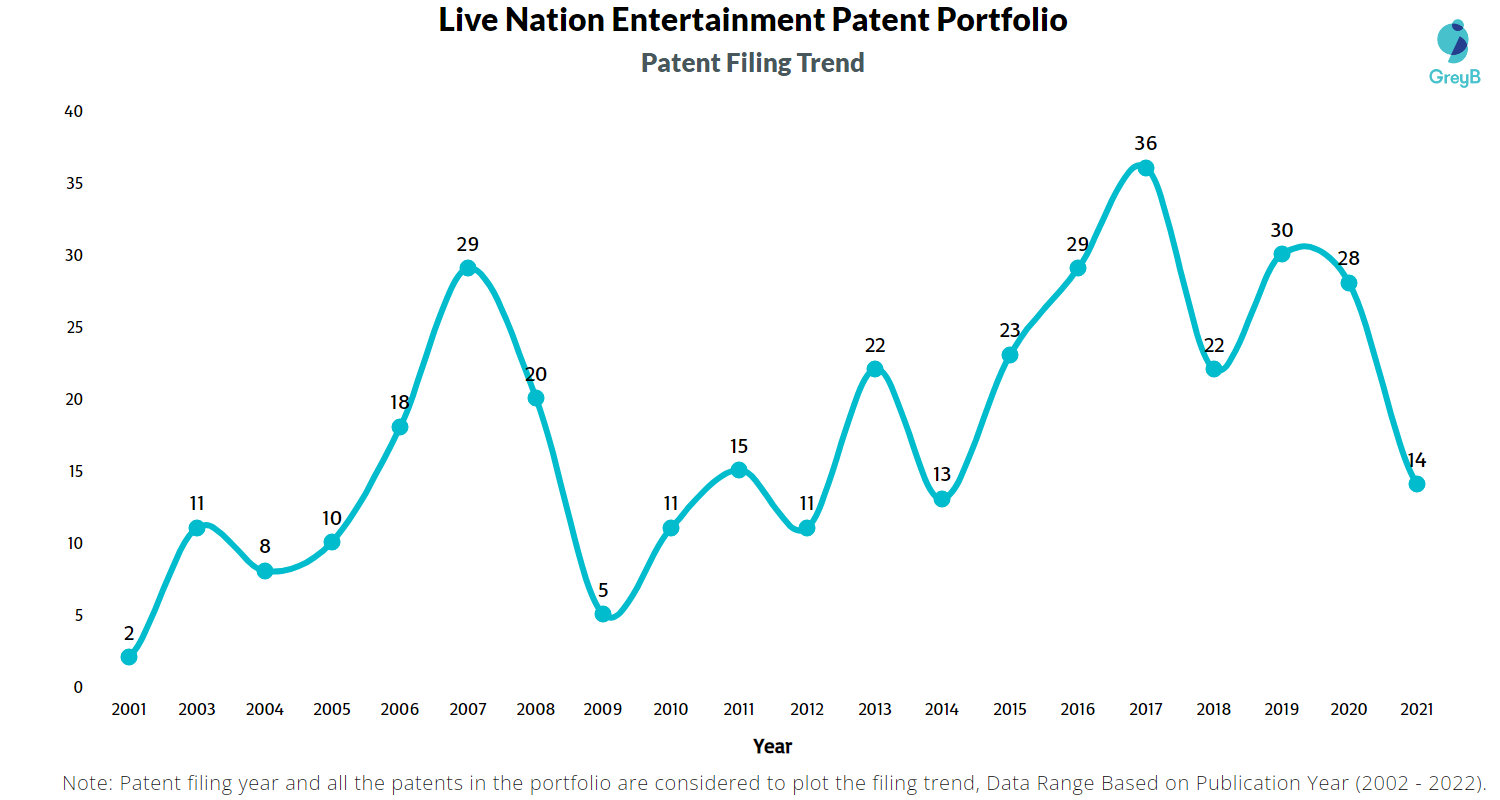SpaceX Starship Launch: FAA Safety Guidelines For Aircraft

Table of Contents
Temporary Flight Restrictions (TFRs): Understanding the Airspace Closures
Temporary Flight Restrictions (TFRs) are critical for ensuring the safety of aircraft during SpaceX Starship launches. These restrictions, communicated via Notices to Airmen (NOTAMs), establish specific airspace volumes and timeframes where all flights are prohibited, except for authorized participants. Understanding and adhering to these TFRs is paramount for aviation safety. Ignoring them can result in serious consequences.
- TFRs define specific airspace volumes and times: These restrictions vary depending on factors such as launch parameters, weather conditions, and the predicted debris field.
- Pilots must check NOTAMs carefully: Before any flight near a potential Starship launch site, pilots must meticulously review all relevant NOTAMs. This is a non-negotiable step in responsible flight planning.
- Penalties for violating TFRs are severe: Violations can result in significant fines, license suspension, or even criminal charges. The risks far outweigh any potential benefits of disregarding these crucial safety measures.
- TFR boundaries and durations vary: These restrictions are dynamic, adjusting based on real-time conditions and the specific launch plan. Pilots should regularly check for updates.
- Interactive maps often display TFR boundaries: Many online resources provide interactive maps showing current TFRs, offering a visual representation of restricted airspace.
Communication and Coordination with Air Traffic Control (ATC)
Effective communication and coordination with Air Traffic Control (ATC) are essential during SpaceX Starship launches. Clear and concise communication between pilots and ATC is crucial for maintaining situational awareness and ensuring the safety of all aircraft. This is particularly critical during launch windows and immediately following liftoff.
- Pilots should maintain constant communication with ATC: Regular updates are crucial for receiving information about launch status, TFR modifications, and potential hazards.
- ATC will provide updates on launch status and TFR changes: ATC acts as a central hub for relaying critical information. Pilots must listen attentively for these crucial updates.
- Specific radio frequencies may be designated: Launch operations often utilize specific radio frequencies for streamlined communication. Pilots must be aware of and utilize the designated channels.
- Pilots should follow ATC instructions precisely: Adherence to ATC instructions is non-negotiable for safety. Any deviations should be coordinated and approved by ATC.
- Emergency procedures for potential launch anomalies should be understood: Pilots should be well-versed in the designated emergency procedures in case of unexpected events during the launch.
Pre-Launch Briefing and Flight Planning
Thorough pre-flight preparation is paramount for safe operations near a SpaceX Starship launch. This includes carefully reviewing weather conditions, NOTAMs, and planning flight routes to avoid restricted airspace. A comprehensive pre-flight checklist helps ensure that all necessary precautions are taken.
- Review all relevant NOTAMs, including those related to Starship launches: This meticulous step is crucial for understanding all airspace restrictions and potential hazards.
- Plan flight routes to avoid restricted airspace: Careful flight planning is necessary to maintain safe distances from the launch site and potential debris fields.
- Consider alternative routes in case of TFR expansion: Having backup plans ensures that pilots can adapt to unforeseen circumstances and remain compliant with regulations.
- Be aware of potential debris fields: Understanding the potential debris impact zones helps pilots choose safer flight paths.
- Check the predicted weather conditions, including wind speed and direction: Adverse weather can impact launch schedules and alter the dispersion of potential debris.
Post-Launch Considerations and Debris Awareness
Post-launch safety is equally critical. Potential hazards from falling debris necessitate adherence to specific post-launch procedures and awareness of designated debris fields.
- Stay clear of the designated debris field: The area impacted by falling debris is a significant hazard zone. Pilots should stay well clear of these designated areas.
- Be aware of potential debris impact zones: Understanding the predicted debris impact zones is critical for avoiding this significant hazard.
- Report any observed debris to ATC: Reporting any observed debris allows ATC to update the situation and warn other pilots.
- Follow post-launch instructions from ATC: ATC may issue further instructions following the launch. Adherence to these is crucial.
- Understand emergency response procedures in the event of an incident: Knowing emergency protocols helps pilots respond appropriately should an incident occur.
Conclusion
The SpaceX Starship launch presents unique challenges, and adherence to FAA safety guidelines is paramount. Pilots and air traffic controllers must be vigilant, carefully check NOTAMs for Temporary Flight Restrictions (TFRs), and maintain open communication with ATC to ensure safe operations. By understanding and respecting these guidelines, we can minimize risks and promote safe airspace management during SpaceX Starship launches and other similar events. Always prioritize safety and check for updated SpaceX Starship launch information and FAA guidelines before every flight near launch sites.

Featured Posts
-
 Get Ready Sinners The Louisiana Horror Movie Arrives In Theaters
May 29, 2025
Get Ready Sinners The Louisiana Horror Movie Arrives In Theaters
May 29, 2025 -
 Every Air Jordan Sneaker Releasing In May 2025 A Complete Guide
May 29, 2025
Every Air Jordan Sneaker Releasing In May 2025 A Complete Guide
May 29, 2025 -
 Venlose Parkeerplaats Fnv Ontmaskert Uitbuiting Van Chauffeurs
May 29, 2025
Venlose Parkeerplaats Fnv Ontmaskert Uitbuiting Van Chauffeurs
May 29, 2025 -
 Live Nation Expands Into Maltese Entertainment Market With 356 Entertainment Acquisition
May 29, 2025
Live Nation Expands Into Maltese Entertainment Market With 356 Entertainment Acquisition
May 29, 2025 -
 Brshlwnt W Jwnathan Tah Tfasyl Alqrar Alakhyr
May 29, 2025
Brshlwnt W Jwnathan Tah Tfasyl Alqrar Alakhyr
May 29, 2025
